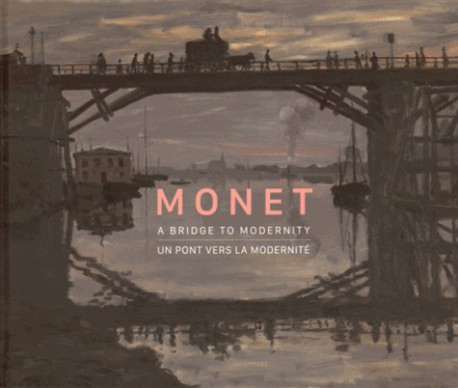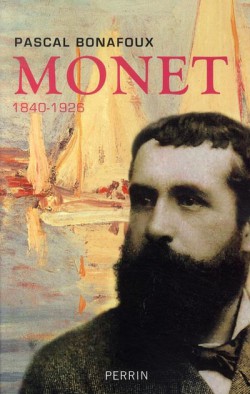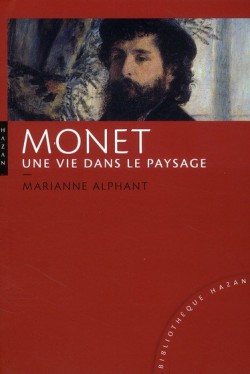No products
Product successfully added to your shopping cart
There are 0 items in your cart. There is 1 item in your cart.
Our webstore uses cookies to offer a better user experience and we consider that you are accepting their use if you keep browsing the website.

Exhibition catalogue
- New Art Books
- Exhibition catalogue
- Highlights
- Art Book Sale
- Museum's Shop & Gifts
- Bilingual art books and foreign editions
- Children's Books
- Art History
- Painting
- Architecture
- Sculpture
- Drawing & Engraving
- Photography
- Contemporary art
- Decorative Arts & Design
- Art Techniques
- Critics
- Entertainment art books
- Civilisations
- Partners Reviews
Monet, a bridge to modernity ((Bilingual edition)
French painter Claude Monet (1840–1926) is one of the most popular artists of all time. His paintings of water lilies, haystacks, cathedrals, and much more are all celebrated and beloved. For the first time, this book explores a new aspect of Monet’s work: his fascination, during the 1870s, with bridges.
Shipped within 3 to 6 days
| Model | 9788874397235 |
| Artist | Claude Monet |
| Author | Anabelle Kienle Ponka, Richard Thomson, Simon Kelly |
| Publisher | 5 Continents |
| Format | Ouvrage relié |
| Number of pages | 104 |
| Language | Français, English |
| Dimensions | 300 x 250 |
| Technique(s) | 62 illustrations en couleurs |
| Published | 2015 |
| Museum | Musée des Beaux-arts du Canada |
Exhibition catalogue Monet, a bridge to modernity, presented at the National Gallery of Canada (29 Oct 2015 - 15 Feb 2016).
After moving to Argenteuil, a small town on the outskirts of Paris, Monet was drawn to the local footbridge near his house on the banks of the Seine. His painting of it, The Wooden Bridge, 1872, is a composition of startling modernity. The book begins with this work and explores Monet’s use of the bridge motif from 1872 to 1877 in the aftermath of the Franco-Prussian war and beyond.
Beautifully illustrated and published to accompany a major exhibition, the book explores how Monet sought to establish himself as a leader of the avant-garde and how his paintings of bridges played a pivotal role in this context. Focusing on twelve major paintings by Monet, the catalogue further examines the Impressionists’ response to their ever-changing environment and the late nineteenth-century transformation of Paris and its suburbs.
The publication consists of three sections featuring three essays followed by an illustrated chronology: Monet’s use of the bridge as a testing ground for his innovative ideas, the role of photography, illustrations, and contemporary influences; the expansion of Paris and the urban cityscape; the role of Impressionism in the context of the Franco-Prussian war.
Recently viewed items









